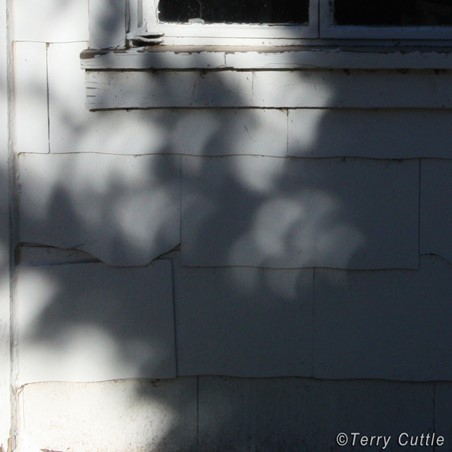COUNTDOWN TO TOTALITY* 22.07.28
Day(s)
:
Hour(s)
:
Minute(s)
:
Second(s)
The Partial Solar Eclipse Experience

What to See and Experience with a Partial Solar Eclipse
For each of the five total solar eclipses in Australia there will be a total eclipse (when the moon completely covers the Sun) with all its dramatic effects only on the path of totality. But at the same time for each eclipse, the rest of Australia, all states, will experience a partial solar eclipse where the Moon will partly cover the disk of the Sun. There is much to see and experience with a partial solar eclipse.
How Much of the Sun will be covered?
The amount of the Sun’s diameter that is covered (this is called the magnitude of the eclipse) will increase to a maximum and then reduce again as the Moon moves across the Sun. The entire partial eclipse can take up to about three hours. How much of the Sun’s disk will be covered by the Moon and how long the eclipse will take, depend mainly on the distance of the observing location from the path of totality.
First Contact: The Eclipse Begins
First Contact is when the Moon touches the Sun and takes its first tiny nibble out of the solar disk. Viewing through certified eclipse glasses or hand held filters it will take a minute or two before the start of the eclipse can be clearly seen.
The Sun’s crescent shape
As the Moon moves over the Sun, the Sun takes on a crescent shape, with the crescent becoming increasingly thinner as the eclipse progresses. The easiest way to see this is with certified eclipse glasses or hand held viewers to directly view the progress of the eclipse. But there are many other ways that the Sun’s crescent shape can be revealed and watch its progress.
Pinhole projection can be used, with two pieces of card, one with a two millimetre hole in it to project an image of the Sun onto another card about a metre away. Use crossed fingers to create small gaps between the fingers to act as pinholes to project images of the Sun onto the ground or a wall. Look under trees and the Sun’s crescent shape can be seen projected on the ground or onto adjacent walls, as the gaps between leaves act as pinhole projectors.
Common household items with holes in them such as a kitchen colander or a loosely woven straw hat can be used. For a fun idea punch multiple holes in a card that spell out your name, or place, and/or the date to create a series of crescent shapes. A photo of the crescent shapes makes a great memento of the eclipse.
See this section for more details.

Sharpening Shadows
Shadows become unnatural as the crescent Sun thins, being sharp in one direction and blurry at right angles. This can be seen by observing the shadow of both hands with the fingers on one hand orientated at right angles to the fingers on the other hand. It is possible to see the shadows of individual hairs on your head or arms. When the crescent is thin, some shadows may appear curved.
Changing Light
The light level will decrease to an extent dependent on the amount of coverage of the Sun. Because our eyes are very good at compensating for varying light levels, this will often go unnoticed until the Sun is reduced to a thin crescent and the Sun is about 80% covered. (Depending on your location, you may not see this much coverage.)
You may also notice a change in the colour of the sky. Because the Sun is partly covered this will reduce the amount of heat from the Sun reaching Earth, so you may feel a small drop in the temperature.
Timing and maximum coverage of the Sun at your location
For each of the five eclipses you can find details of the eclipse (timing and maximum coverage of the Sun) at any location using Xavier Jubier’s interactive Google maps for the eclipse. Zoom in and click on your location to show a pop up box with the timing of the start, maximum and end of the partial eclipse.
Note that the time is in Universal Time, but that can be changed to local time by clicking on the clock icon. The altitude of the Sun as well as its direction is also shown. The magnitude figure is the maximum coverage of the diameter of the Sun at your location.
If You are Close to the Path of Totality
With a total solar eclipse it is a case of near enough is definitely NOT good enough. Even if you are close to the path of totality and there is 99% coverage of the Sun, it will still be up to 1,000 times brighter than in the path of totality and the sky will be too bright to see the dramatic effects of the total eclipse. However if your location is close to the path there are other things to look for.
Around the time of maximum coverage of the Sun, look in the direction of the path of totality and you may see the Moon’s shadow passing by, looking like a dark storm in the sky moving swiftly past. In addition, looking at the Sun’s crescent shape at the time of maximum, it will appear to swing around in a 180 degree circle as the Moon passes across the Sun.
If you are close enough to the path of totality for the light to reduce noticeably you may see and hear interesting reactions with birds and animals starting to settle as if night is coming.
Keep it Safe
It is dangerous to directly view any part of a partial solar eclipse without proper eye protection. You must use certified eclipse glasses or hand held filters to directly view ALL of the partial eclipse.
See here for important safe viewing information.
